Author: Jon Burgess
Photography: PSA/Jon Burgess
Few minicabbers and reps realised the seismic technical shift the second series of Peugeot 305 Estate represented: in 1982, for the first time, Peugeot’s end-on gearbox XU engine range was combined with fully independent rear suspension, setting the template for the ’05’ and ’06’ small car ranges into the Noughties.
These were the Pugs that people loved, that people remembered – and some put through hedges, owing to lift-off oversteer. That Peugeot understood the needs of keen drivers, many of whom became front-wheel-drive converts after the 205 GTi, can be traced to an engineering philosophy enshrined before the war, when in 1937, Peugeot realised the importance of making a front-wheel-drive car steer by the throttle. Its then chief engineer, Louis Dufresne, said: ‘To design a successful front-wheel-drive car, you must first concentrate on giving it proper rear suspension. The front wheels steer, but the rear wheels give guidance, like a rudder.’

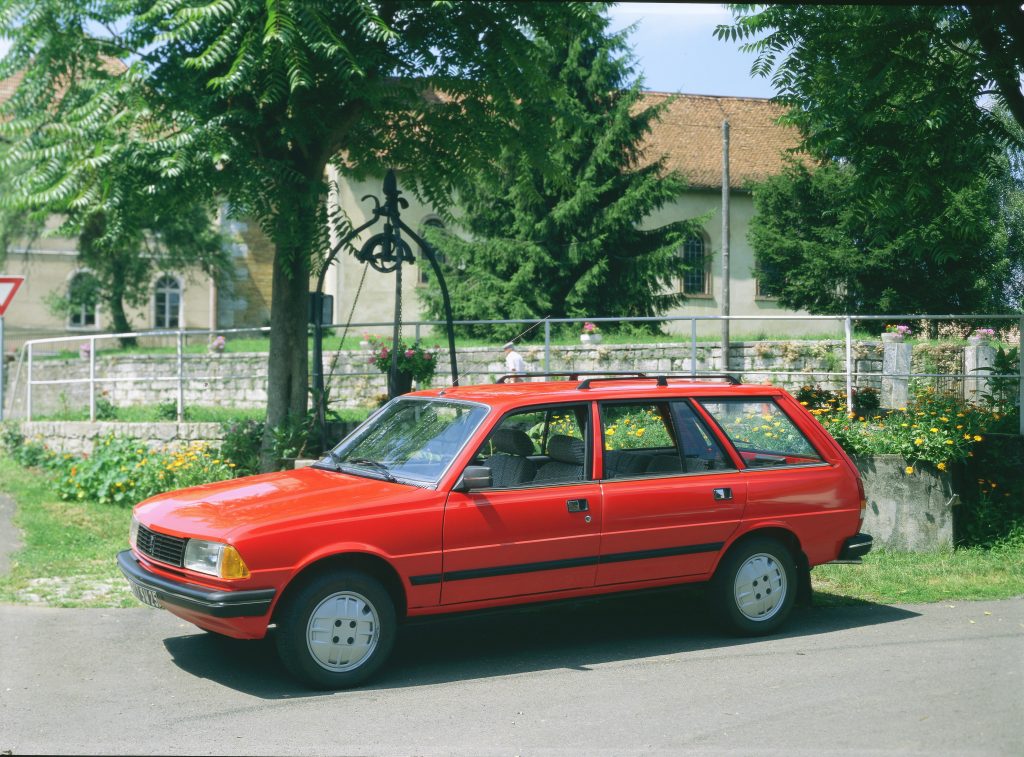
The 305 estate’s rear suspension wasn’t the first to use torsion bars – Renault and Simca had persisted with similar set-ups in previous decades – but it remained the most compact, and certainly the longest lived.
The use of MacPherson strut type front suspension on front-wheel drive Peugeots had been a settled matter since the days of the 204. That left the question of a scalable rear suspension that could be put to use across several segments and model ranges.
As parent firm, PSA Group, acquired the intellectual property of other French makers – namely Citroën, between 1974-1976, and Chrysler Europe (Simca) in 1978, one model stood out: the Olcit, derived from a stillborn Citroën small car project.
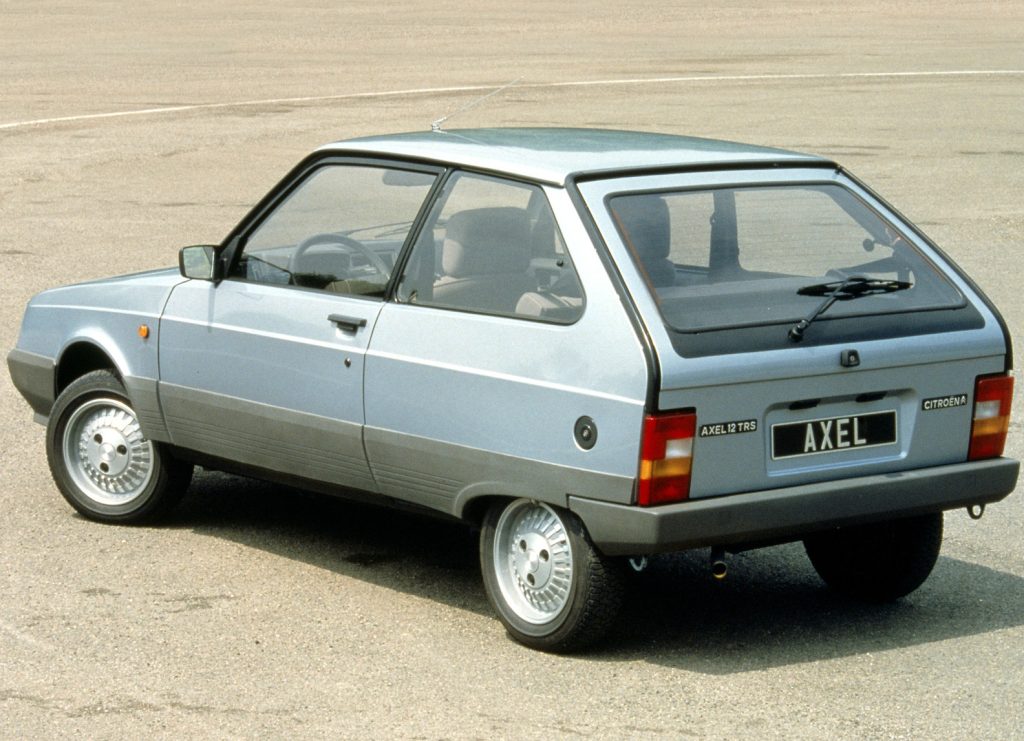
Retooled, redeveloped, and modified for its captive Romanian market for a 1980 release, the-delayed-until-1982 Olcit (Citroën Axel from 1984-1988) used subframe mounted rear torsion bars and longitudinal trailing arms to cope with poor local roads, slung under the car to create a great deal of boot space.
The Olcit/Axel certainly did the rounds within PSA: soon, with some tweaking, the 305 S1, which gained an estate model in 1980, launched with Issigonis-inspired gearbox-in-sump X-series ‘suitcase’ engines, MacPherson type front suspension…and a neat, trailing arm rear end with 30-degree inclined spring/damper units on the horizontal, their minimal arch intrusion freeing up load space, putting S2 305 Estates second to only the Austin Montego.
305 vans, of which were based on the Estate, lived until 1990, long after the rest of the range had been supplanted. But Peugeot hadn’t had its money’s worth just yet.
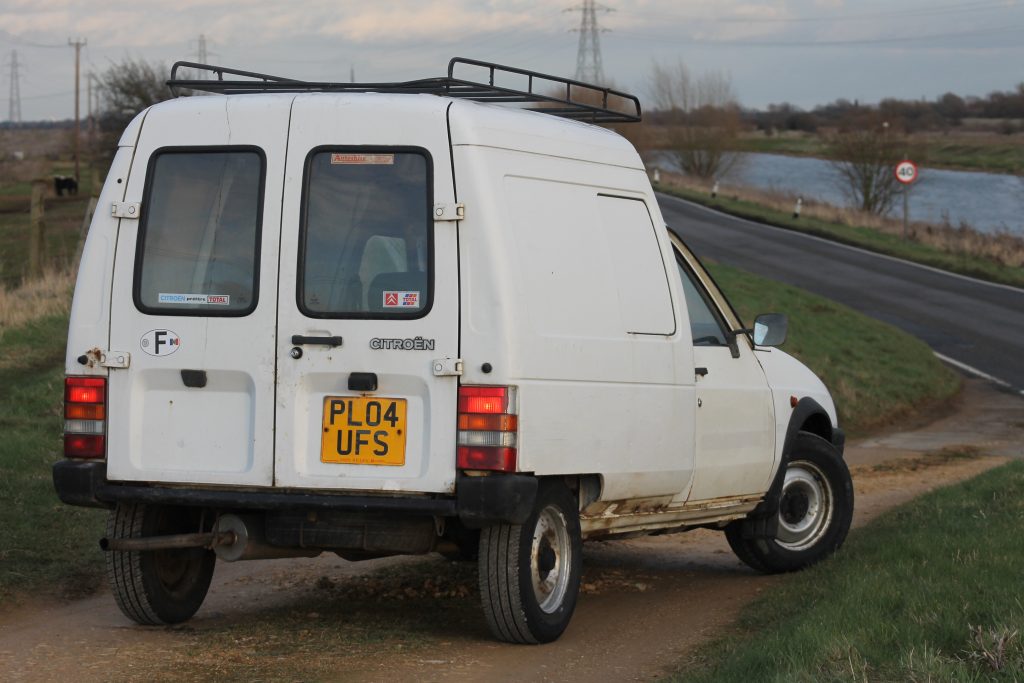
There was also the axle’s second life in the 1984-2006 Citroën C15 van to consider. Beloved of every French charcuterie, bakery and Aston Martin Owners’ Club back road thrash, the BOGOF ‘vin rouge’ and ‘van blanc’ reverse tapers at the rear, owing to the wider track of the Peugeot: it’s a Frankenstein’s monster with a Citroën Visa front end. There are still specialists refurbishing C15 rear axles to this day: Romahome mobile toilets (camper vans) used the C15 as its basis, sharing the van’s uprated springs.
A year prior to the C15, in 1983, Peugeot’s small car comeback, the 205, debuted with the largest change its independent rear axle would experience, its enclosed spring/damper units replaced with a pair of transversely mounted torsion bars inside a tube. Stubby, canted shock absorbers, made in-house, sat inside subframe assemblies attached to the length of the car, inside the trailing arms.
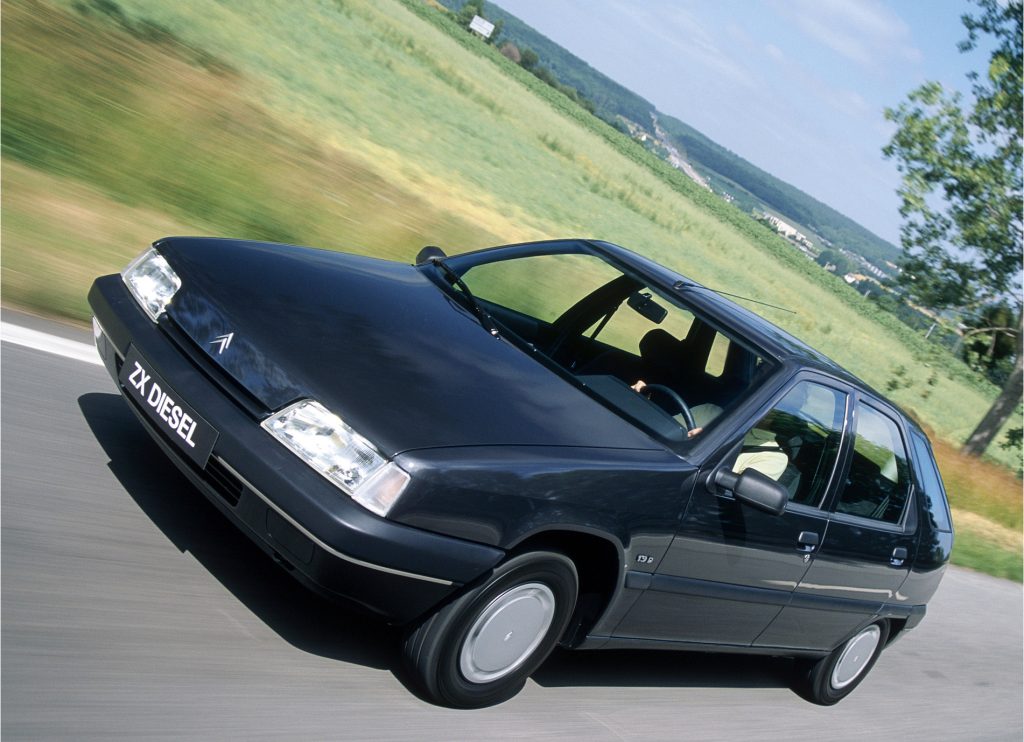
Peugeot now had a layout with which it could create rear ends for its small- and medium sized cars. Using similar principles, the 1986 AX would debut: together with the first application of smaller capacity (954-1360cc) TU engines, it would later sire the 1991 106, and the 1996 Saxo, of which Max Power lift-off oversteer dreams were over-corrected.
1988’s seminal burning field rep-mobile, the 405, used similar means, to different ends. For its new saloon and estate, Peugeot retained the trailing arms from the Citroën BX, whose rear end, otherwise unrelated, owed more to the GS.
This came in handy for the 405 Mi16x4, whose four-wheel-drive system was checked by progressive rate dampers (Peugeot made its own) at the front and self-levelling hydropneumatic spheres aft, adjusted by a lever inside the load bay. Never one to miss a trick, that basic rear end (with dampers rather than spheres) enjoyed a second career under the Citroën Berlingo and Peugeot Partner until 2008.
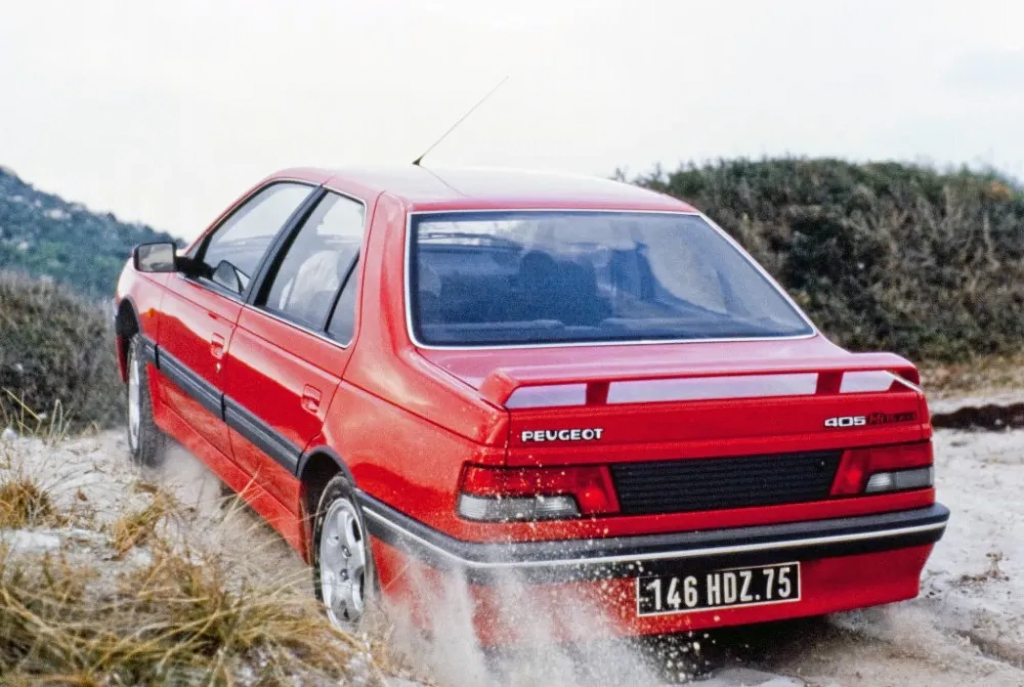
Incidentally, the 1989 605 didn’t use trailing arms and torsion bars: with a keen eye on elastokinematics (to separate ride quality and handling), it used a bulky and complicated independent multilink suspension, known as ‘RF10’ within Peugeot. It would later inspire (but share no parts with) the 406’s rear suspension design.
Showing no signs of slowing down, the incestuous parts bin raiding began anew with the unfairly sidelined Citroën ZX: it too had the now-seminal torsion bar/trailing arm rear end (repurposed for a wider, bigger car) with deformable mounting bushes to give a small amount of passive rear steer.
Despite sharing many parts with its poster child sister, the 1993 306, including the central axle tube (which now could house an anti-roll bar on faster S16 and GTI-6 models), fine tuning of the axle separated the cars in character: despite retaining the ZX’s twisting bushes, altering the toe-in of the rear arms (0mm to 4.1mm) made the 306 less keen at the rear; the later Citroën Xsara was further blunted.
The last Peugeot to use the now-classic TU/XU/XUD and torsion bars/trailing arms combo was the 1998 206, the direct successor to the 205 and a car whose roaring success had little to do with its defining qualities as much as there were staggering finance deals to be had.
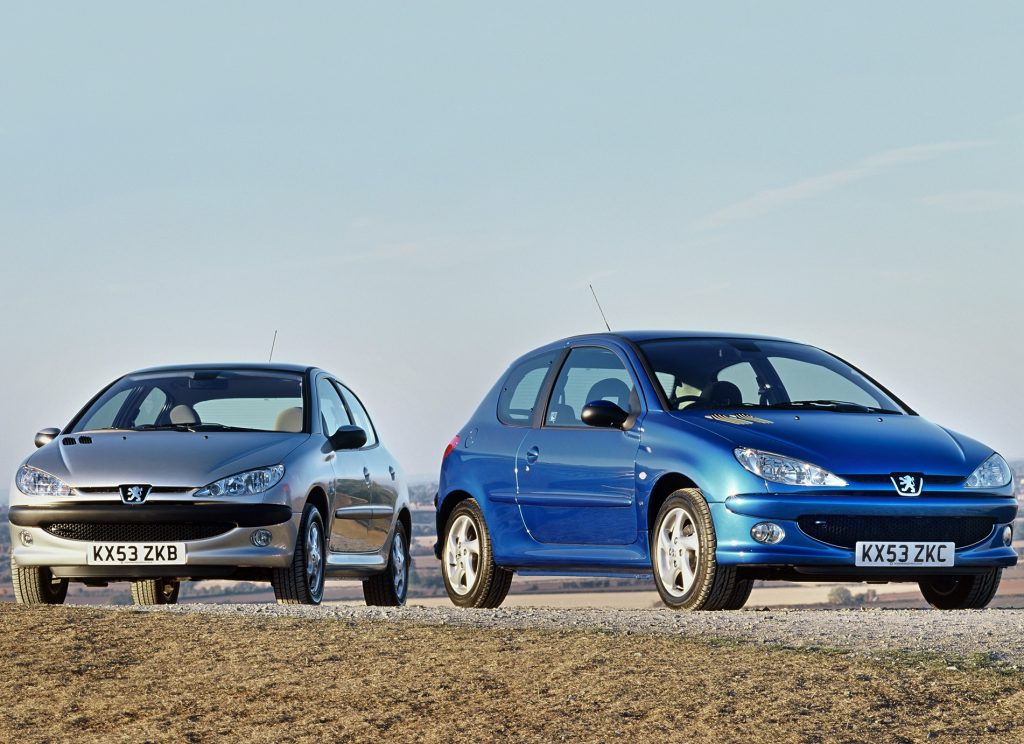
Although UK production and sales ended in 2006, it staggered on in Europe until 2011, and may still be in production in Iran to this day.
As the 206 sank into the annals of history, the accountants won out: expensive, frictionless trailing arm ball bearings meant that, for us Europeans, the classic era of front-wheel-drive Peugeot suspension was over. Instead, the 207 got a torsion beam.
Ever owned a Peugeot with a torsion bar rear axle? Let us know in the comments below.
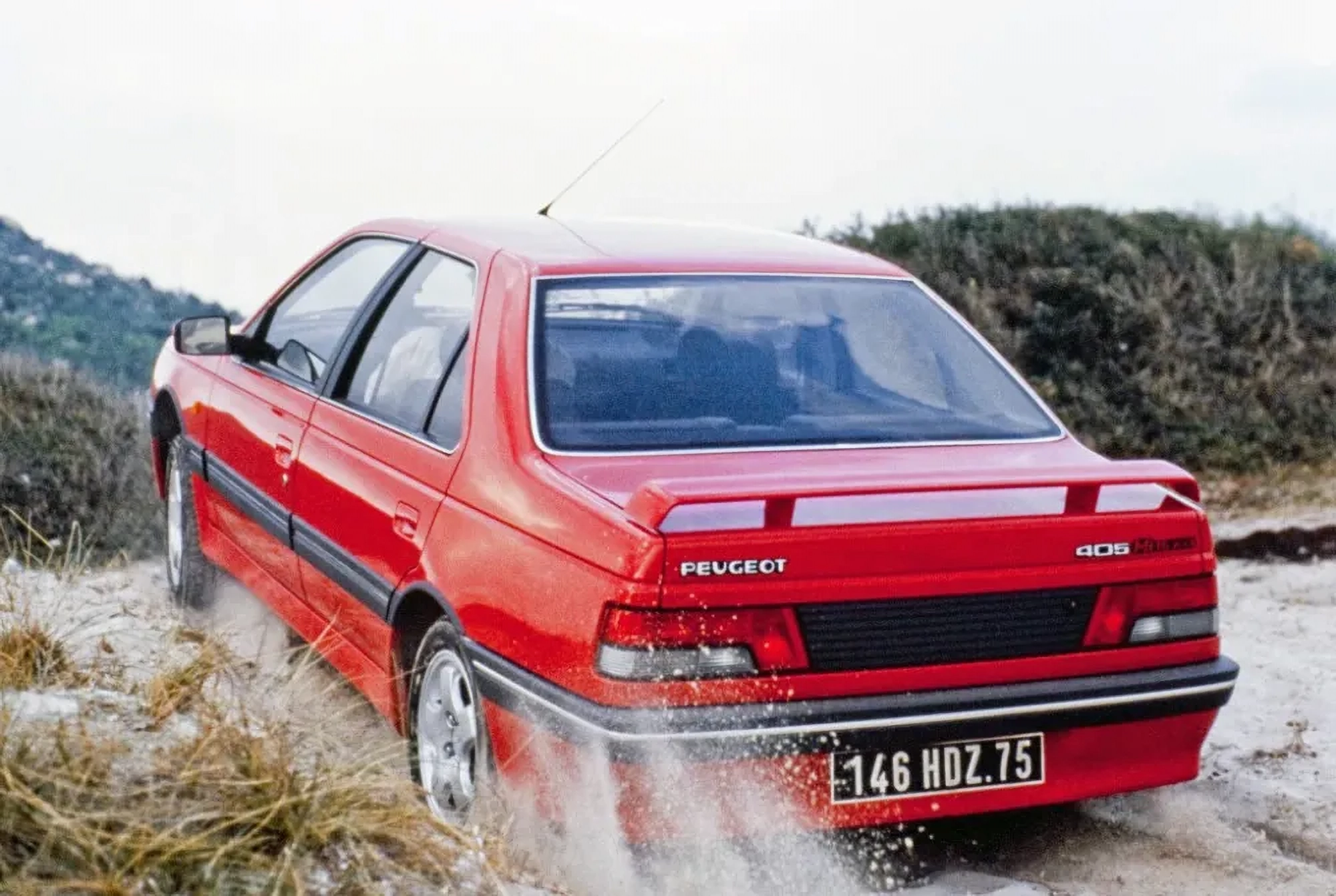




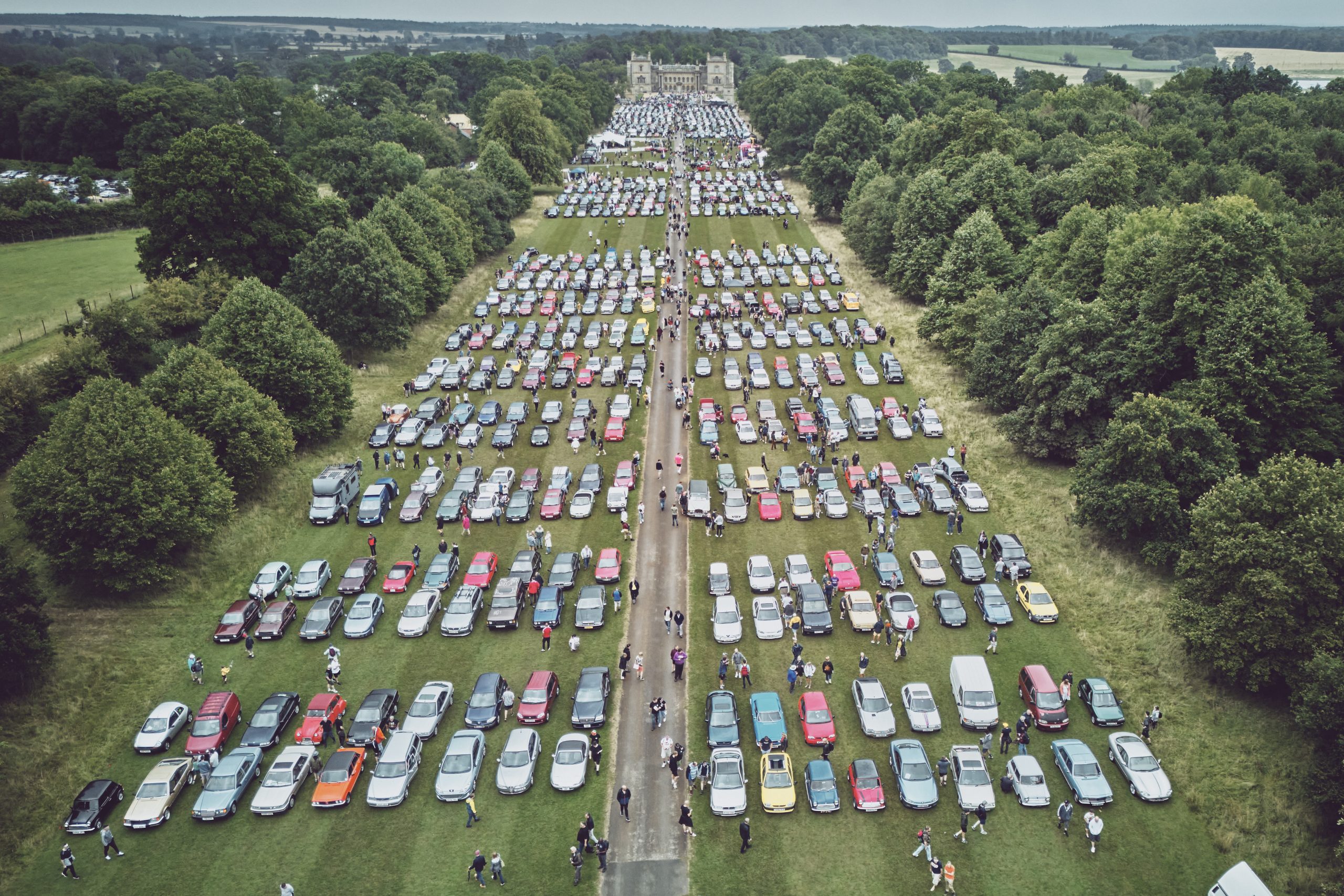

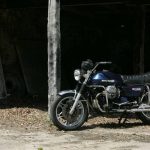


My father bought a new Citroen ZX with passive rear steer, it felt quite unsafe cornering at speed, quite an enthusiastic driver, it was the only car he ever spun (apart from an Austin 7 special with bald tyres in a wet tunnel!).
Needless to say it was chopped in shortly after, if memory serves for a Xanthia with active suspension which was a somewhat more planted!